Languages. Which one is the next to disappear?
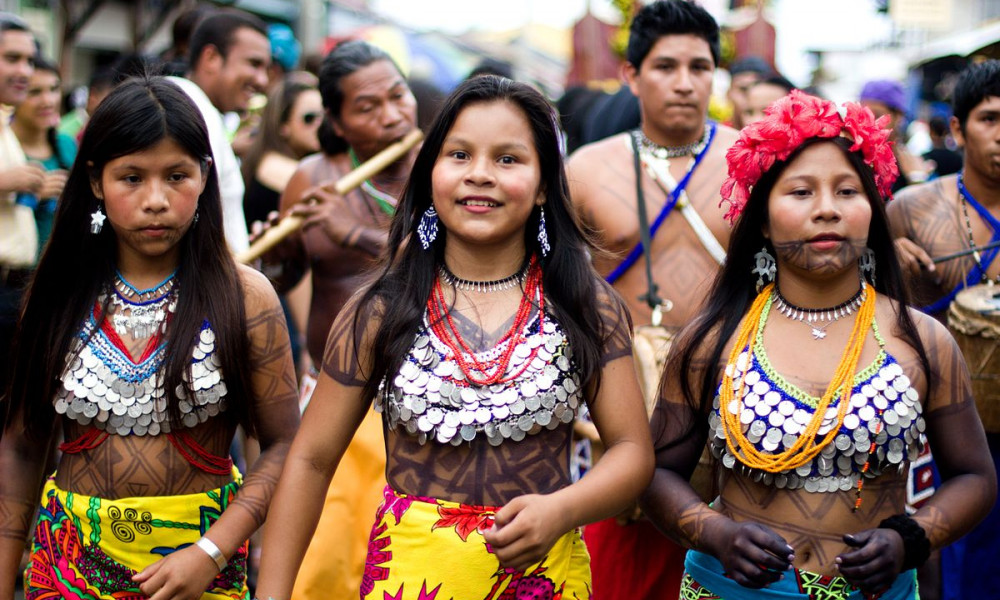
Language experts rebuke, saying that when a species of animals or plants dies out, entire world bury heads in frustration, they make films about the sad occasion, somewhere activists take to the streets holding placards and newspapers get peppered with the news. At the same time when another language falls into oblivion, nobody would even bow a head. According to experts, we lose one of them every week. And as much as about forty per cent of currently existing languages can be confidently placed into the category of the ones on the verge of extinction. Experts anticipate that, should dynamics remain, in a century people of the planet will speak as few as five hundred languages, three thousand – tops, while, according to various estimations, today there are about six-seven thousands of them. Australian aborigines. Photo hiveminer.com
Australian aborigines. Photo hiveminer.com
Dialects and languages cross the bridge to nowhere. Nowadays we can trace linguistic extinction even online. Researchers of UNESCO have recently compiled a detailed interactive Atlas of the World’s Languages. Over two hundred languages it mentions are already extinct. A single person on the planet doesn’t speak them anymore. Among forever lost languages there are Kerek, Akkala Sámi, Kamassian, Ubykh, Ainu, Soyot and many others. When studying the atlas, one can figure out, which groups feel confident and which are in danger of rapid death. Depending of the extent of the danger, language zones are marked with colors ranging from white to black. Unfortunately, there becomes more and more of the latter color on the map. That’s because some languages and dialects are spoken by merely several persons and at times by just one. And, according to experts, for a language to survive at least a million people should speak it and children should study its basics. Pamir Kyrgyz. Photo kloop.kg
Pamir Kyrgyz. Photo kloop.kg
Australia is the leader of the non-consoling statistics. Verey recently aborigines there were forbidden from using native dialects. It resulted in merely 25 language groups surviving on the continent out of formerly existing four hundred. Out of 175 languages of native peoples of the United States as few as five are still in active use. Over a half of African dialects are in danger of extinction. On Taiwan half of dialects were consumed by the Chinese language. About fifteen languages of Central Asia are at risk of being lost forever. This is the Pamir group, the languages that used to be spoken in isolated highlands of Afghanistan and Tajikistan. Rushani, Wakhi, Khufi, Yaghnobi and others are among them. In neighboring Uzbekistan, Bukharan, Parya and Central Asian Arabic are fading into oblivion. Same fate is awaiting Dungan language in Kazakhstan. One can hear almost no Oyrat language in Kyrgyzstan.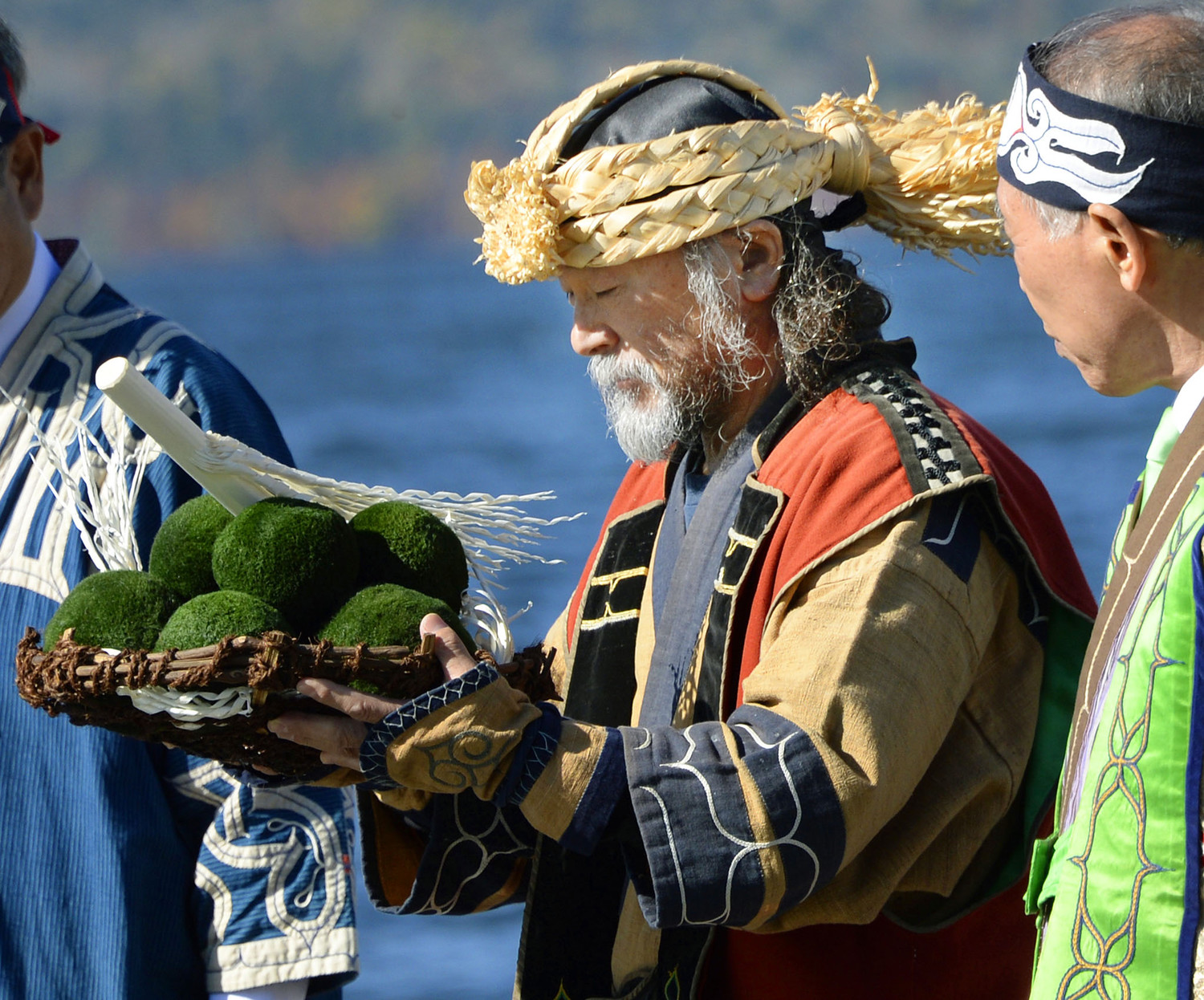 Modern Ainu. Photo paranormal-news.ru
Modern Ainu. Photo paranormal-news.ru
Situation in Europe isn’t much better. A group of Sámi languages that used to sound in Lapland is disappearing. Ter Sámi is almost forgotten. And though the ethnic group, that this language is native to, accounts for about a hundred people, there are only two of them who remember Ter Sámi. There are no more than a dozen speakers of Pite- and Ume-Saami from the very same group. Even smaller number of people possesses Votic language. They used to speak it on the border of Russia and Estonia. It wasn’t that long ago when the last speaker of Livonian language, that used to be popular in the territory of present-day Baltic countries, died. But sometimes sad news is followed by good one. Thus, activists took to saving the language of Livonians. About forty enthusiasts have learned it and now they speak it – as a scientific experiment, however. Gottscheerish dialect that belongs in German language is in a tight situation. A very scarce group of Germans who live in Slovenia, communicate in it. Dialects of ethnic groups that inhabit Italy, France, Greece, United Kingdom and Latvia are in danger of extinction.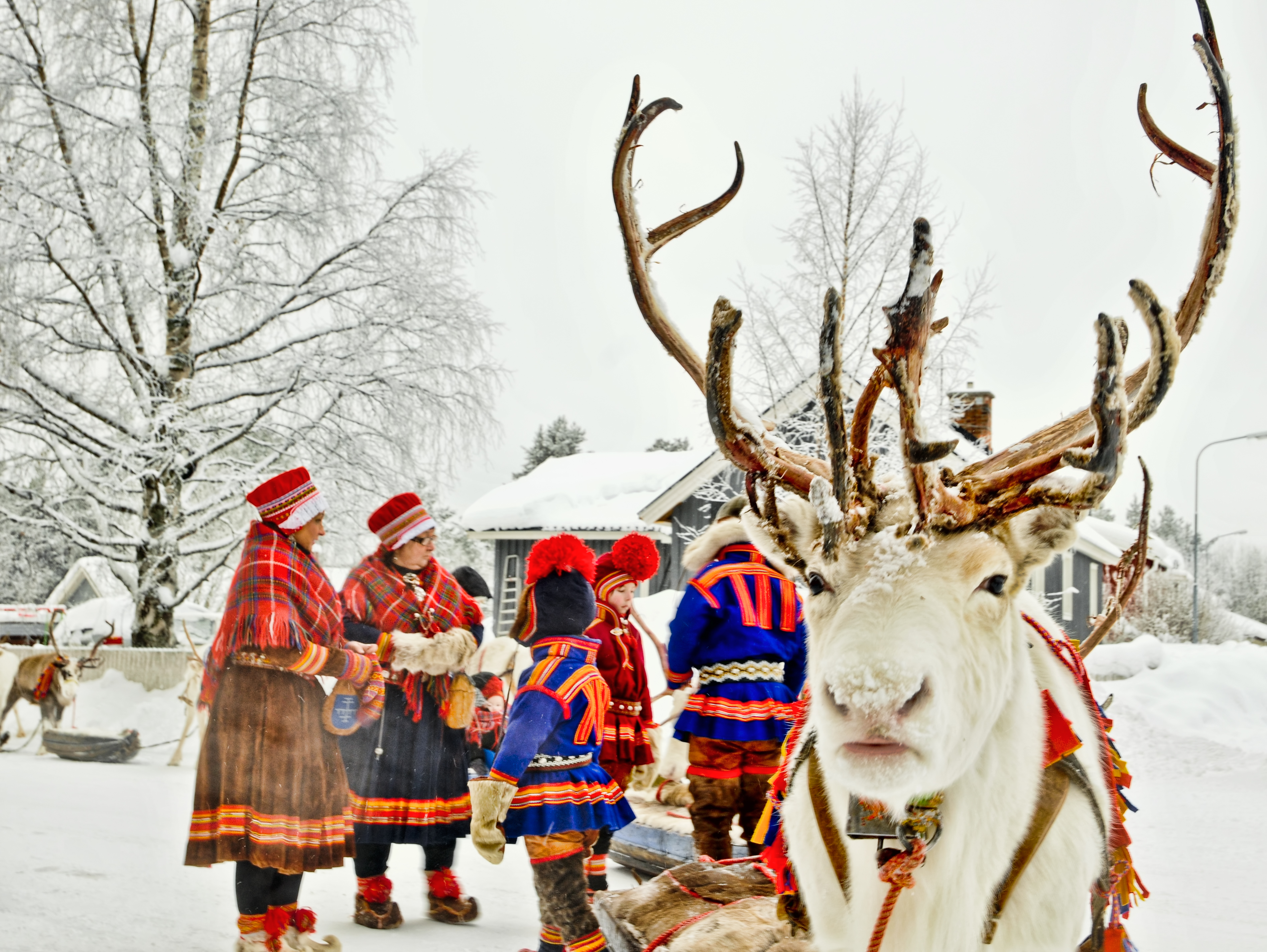 Saami. Photo abfund.org
Saami. Photo abfund.org
You can try and trick yourself into thinking that all the bad things happen somewhere far away and that disappearance of several dialects on a continent doesn't mean much in global terms. Yet, everything is much closer to us. Thus, international organization of UNESCO states that a number of language groups in Ukraine are on the verge of extinction. The language of the Crimean Karaites ended up in the least enviable position. It is followed by Noga and Crimean Tatar language, the language of the Mariupol Greeks and Crimean version of Turkish. Plattdeutsch, Urum and Gagauz languages are endangered.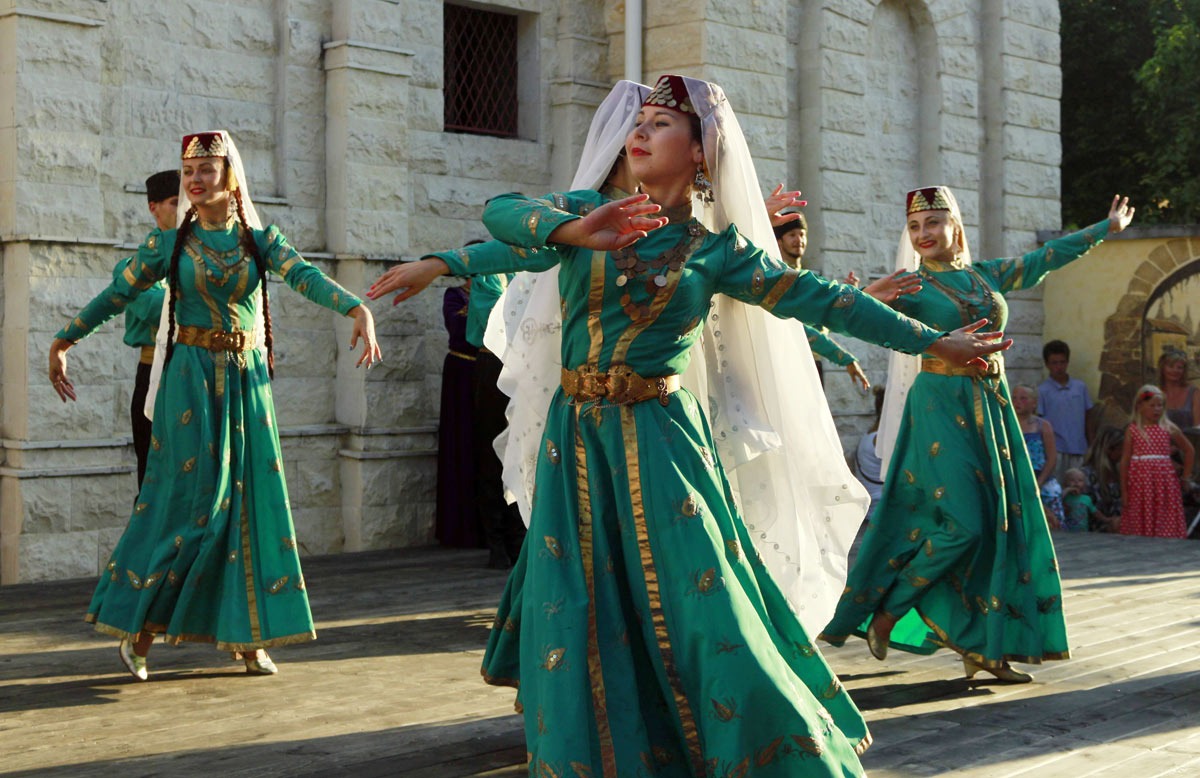 Karaites. Photo nazaccent.ru
Karaites. Photo nazaccent.ru
Unfortunately, things are not limited to a loss of certain phonetic combinations and verbal constructions. Each time a black sign emerges on that atlas, humanity loses something more. Experts insist that upon the loss of own language identity, people experience a shif in their attitude towards life itself. When they lose their "backbone", they developa feeling of being useless, second-rate even and sink into a depression. Besides, upon losing languages, ethnic groups gradually forget own traditional cuisine, fairytales, lores, beliefs, sacred knowledge and narrative of the world, specific to this or that region, all gets erased from memories. Society as a whole loses, too. Take, for instance, Bolivian herbalists. While gathering knowledge about healing plants, witch doctors have created their own language that is only transferred to a limited circle of people. Speakers of the language of a small Kayapo tribe from Brazil have studied bees and know detailed differences and difficulties of reproduction of fifty six species of these insects. But this knowledge is only preserved in the language of Kayapo._Anne%20Vilela%20.jpg) Kayapo. Photo aldeiamultietnica.com.br
Kayapo. Photo aldeiamultietnica.com.br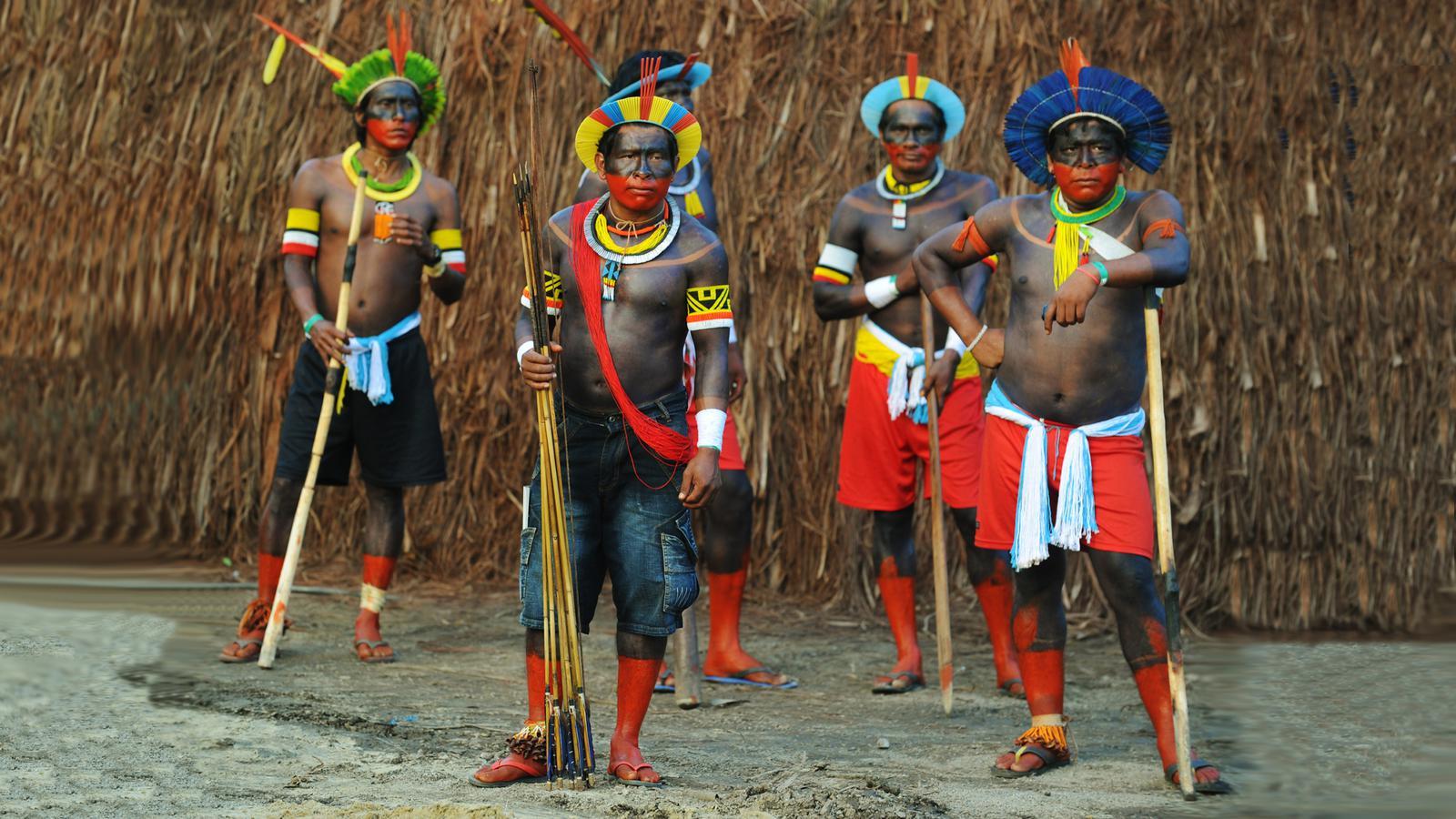 Kayapo. Photo tigtagworld.co.uk
Kayapo. Photo tigtagworld.co.uk
So why do languages disappear? They used to die out together with their speakers in the times of wars or mass epidemics. Nowadays people give up speaking native languages mostly voluntarily – because they see little prestige value in them. In this case, when choosing schools for their children, people opt for educational institutions where teaching takes place in “high-potential” languages, the ones that can give the offspring a certain social advantage. More to that, when at higher educational institutions and isolated from their parents, children switch to wider-spread languages. For its operation, television also picks the language that majority of the population speaks. Same principle works for theatres, movies, book publishing and music composition. Sometimes people abandon mother tongue due to its complicacy. Take Nivkh, for instance. Numerals are anything but simple in it. It is a hard task to count even to five in Nivkh. Everything changes depending on what it is that you count. Be it fish, sledge or cars – count will almost always be different. That’s because there are nearly thirty ways of counting in this language. No wonder younger generations tend to speak in the language that is simpler for them – in Russian. Add urbanization, migration, labor market with its demands and something as trite as linguistic division of languages into prestigious and second-class ones.Dungane. Photo ru.wikipedia.org
About twenty years ago everything suddenly came to the attention of linguistic experts so they declared the all-out mobilization for the rescue of disappearing languages. According to their calculations, it takes merely two hundred thousand pounds and two-three years of work to document, write down, recreate written evidence and not let a language dissolve in the past. These resources are needed to compile dictionaries and textbooks, make audio records and gather folklore. Over this time the scientists have even elaborated a special computer program that allows revival of ancient languages. Using a unique algorithm, it analyzes words on the level of simple sounds. They have already managed to restore the language that gave rise to several hundred Austronesian languages that are currently spoken in South-East Asia, Madagascar, Oceania and the Philippines.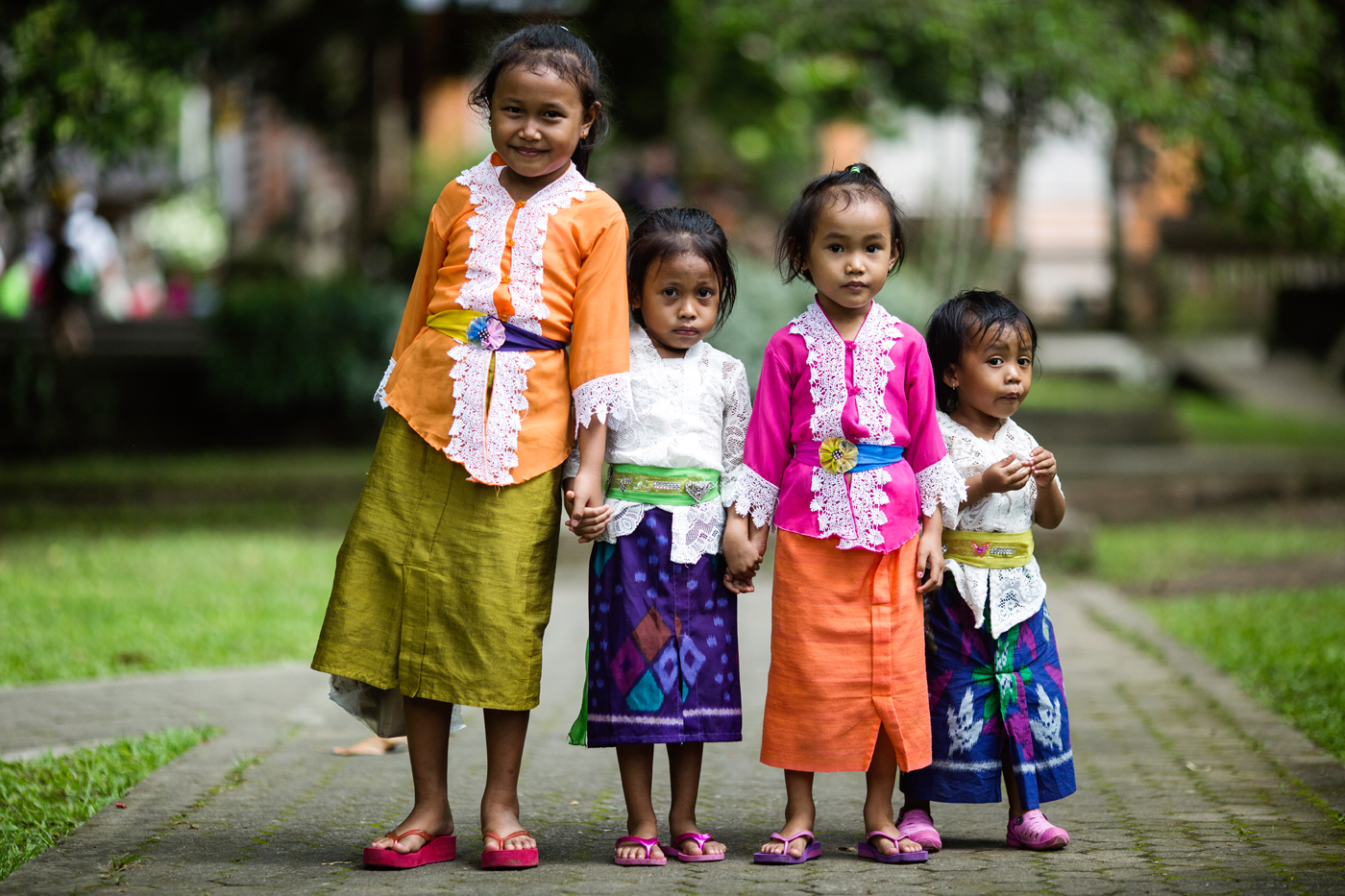 Photo balihelper.ru
Photo balihelper.ru
The same sudden realization has been arrived upon on the level of governments. Thus, in Canada they have launched the initiative to protect languages of native peoples and the Prime Minister of the country apologized to the ones whose native dialects had been under destruction for a long time. In Australia, United Kingdom, Japan, Mexico, Venezuela and other countries they also took to restoring the almost-lost. Best success comes to where not just resources and energy are put into development of linguistic forms but also given encouragement of multilingualism on the state level in every way. The story of the Welsh language turned out illustrative in this respect. In late 20th century only one fifth part of the population spoke it. Politicians of Ireland have decided to launch a television channel with broadcast in Welsh alone. Additionally, it was given equal legal status with English. Newest census has shown that not only has the Welsh language survived, it has also significantly increased the number of its admirers.
Read also: Don’t break the tongue: The hardest languages in the world
Scientists have spoken in favor of multilingualism, too. Some of them have suggested a theory that it is knowledge of one language or another that influences our behavior and cognition. According to Sapir-Whorf hypothesis, thought in one’s head depend on knowledge of one language or another. And they use the example of bilinguals to explain how possession of several languages influences cognition. For instance, Steven Pinker, linguist and cognitivist, assures that people who speak both English and German have a different sense of movement, those who are equally good in Spanish and Swedish perceive time in their own fashion while those who possess Farsi and Dutch, feel music in a different way.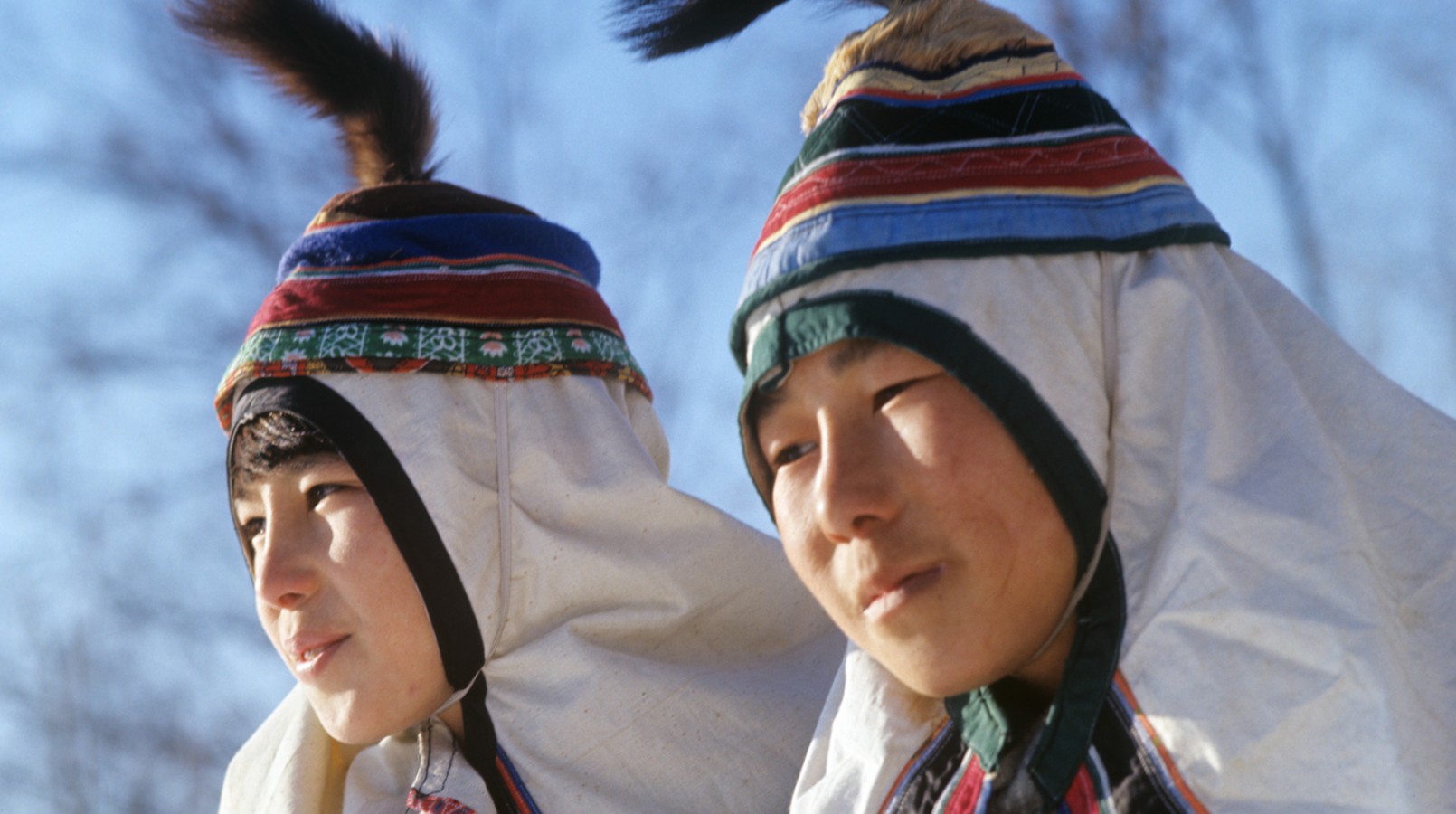 Bikin Udege. Photo culture.ru
Bikin Udege. Photo culture.ru
What languages can feel safe for the time being? According to experts, English will remain in the lead for a long time. We all can see why. About 1.5 billion people speak it. Chinese language is gaining popularity. Spanish, French and German will hold their positions among front-runners. And in compliance with a poll of British companies engaged in foreign trade, Portuguese, Polish, Russian and Arabic also rank among popular ones.
There is some more reflection-provoking information for those, who are pondering, which second language to choose for education. Research of the Washington Post suggests that English is now spoken in 101 countries, Arabic – in 60. French is used in 51 countries, Chinese – in 33, they speak Spanish in 31 states, Farsi – in 29, German is popular in 18 of them, Russian – in 16, Malay – in 13 and Portuguese in 12 countries.
Cover photo mujer.com.pa





















